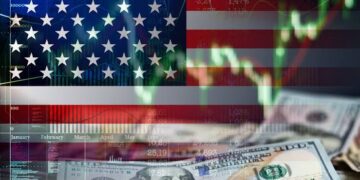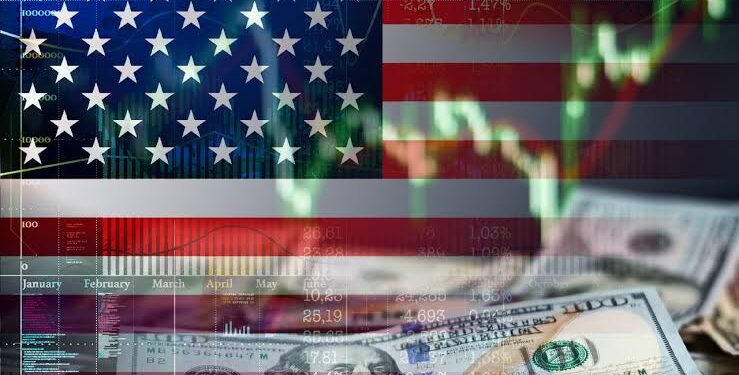By John Ikani
Latest economic indicators reveal that inflation in the United States dropped to 3% in June, surprising experts with a lower-than-expected figure.
The consumer price index, which measures the annual increase in prices, experienced a slowdown from 4% in May to 3% in June.
This marks the slowest rate of inflation since March 2021.
The decline suggests that the interest rate hikes implemented by the Federal Reserve are effectively curbing price pressures.
In June, prices saw a monthly increase of 0.2%, slightly higher than the 0.1% growth recorded in the previous month. However, this figure fell short of economists’ forecasts.
In addition, the annual inflation rate benefited from what economists refer to as “base effects.”
This means that the calculations excluded the exceptionally high price surges observed in June 2022, resulting in a lower overall figure.
The “core” consumer price index, which excludes volatile food and energy costs, experienced a more modest decline.
The annual rate of core inflation in June stood at 4.8%, down from 5.3% in the previous month.
On a monthly basis, core prices rose by 0.2% in June, compared to a 0.1% increase in May.
While the headline inflation rate has gradually approached the Federal Reserve’s target of 2% after peaking above 9% last June, core inflation has proven to be more resistant.
This has led to expectations that the US central bank will need to continue raising interest rates in the future.
Since the beginning of 2022, the Federal Reserve has raised its benchmark interest rate from nearly zero to a range of 5-5.25%.
At their most recent policy meeting in June, officials decided to maintain the current rates to evaluate the impact of previous increases.
However, they have emphasized their intention to implement further rate hikes before the year’s end.
Recent labour market data also indicates that the Federal Reserve’s aggressive rate increases have started to cool down the economy, resulting in slower job growth.
Nevertheless, inflationary pressures persist, as unemployment remains at historically low levels and wages continue to rise well above the levels considered consistent with the Federal Reserve’s target inflation rate.
Looking ahead, future markets are predicting a greater than 90% probability of a 0.25 percentage point increase in interest rates at the Federal Reserve’s upcoming meeting in late July.
Why this matters
The United States is the world’s largest economy, and its financial markets are the most liquid and deepest in the world.
This means that US inflation can have a significant impact on other countries economies and financial markets.
In short, US inflation is important to world markets because it can have a significant impact on the value of the US dollar, the prices of US exports, and the cost of borrowing money in other countries.
This can have a ripple effect through the global economy, affecting businesses, consumers, and financial markets around the world.
Overall, US inflation is an important economic variable that can have a significant impact on world markets.
Investors and businesses need to closely monitor US inflation and its potential impact on the global economy.




































